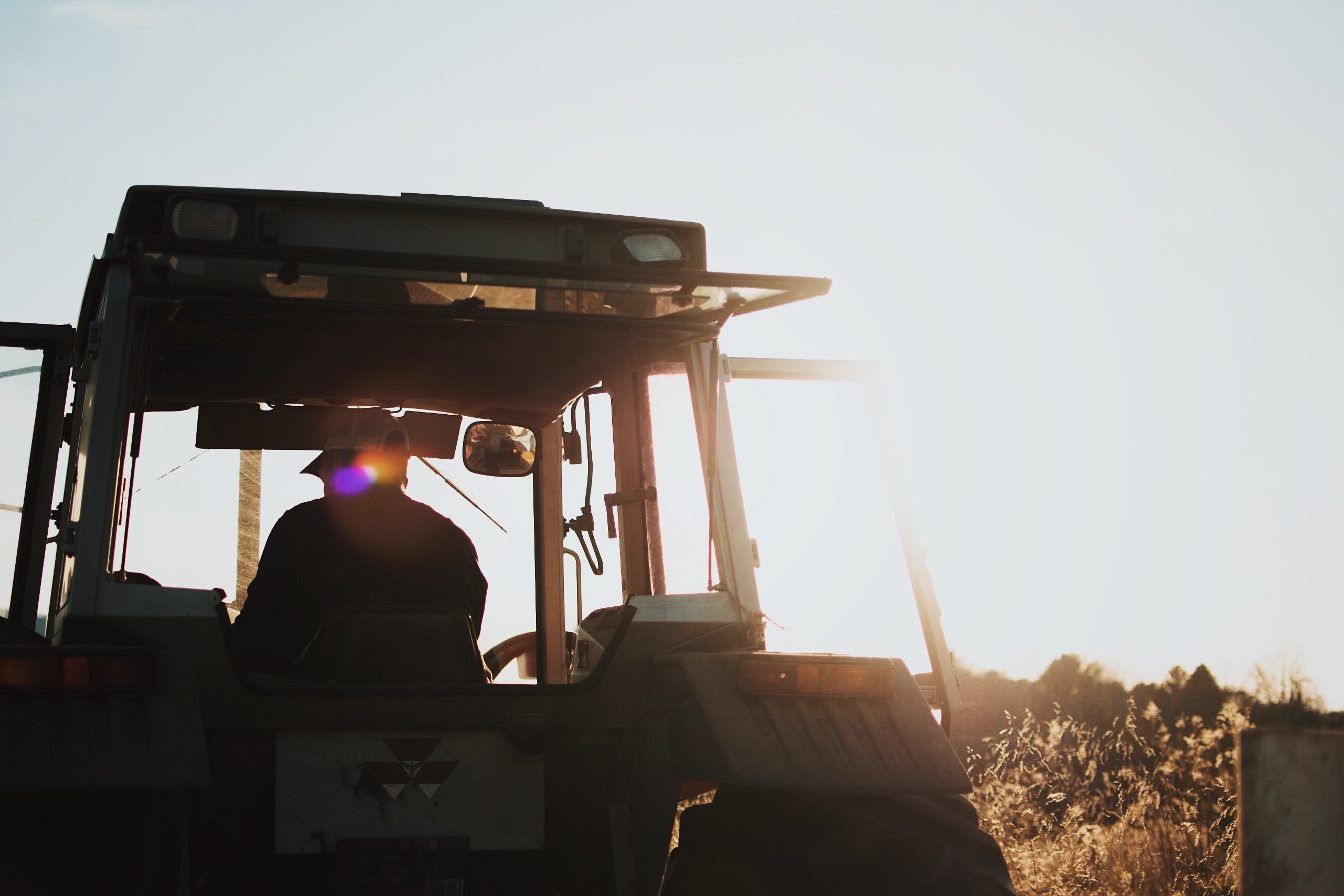Lack of funds in AI developments a concern for agriculture leaders, reveals new research

43% of agriculture business leaders see AI + ML as key to digital transformation of the sector
BUT 41% are anxious about the technology due to insufficient funds
Almost a quarter cite sustainability strategy and tracking as greatest source of anxiety
CHICAGO, 9th October 2023: Almost half of agriculture business leaders (43%) see AI and machine learning (ML) as key to the digital transformation of the sector, according to new research. However, the same study also shows that these disruptive technologies are causing sleepless nights for leaders, with 41% attributing that “tech anxiety” to insufficient funds.
The research, from global digital transformation consultancy Kin + Carta, defines “tech anxiety” as the feeling senior leaders have as a result of the rapid pace of advancements in technology that are causing concern when it comes to how their business operates.
Agriculture leaders’ self-reported worries show that factors and technologies with the most disruptive potential generate the highest level of anxiety. 27% of agriculture leaders cite AI (including GenAI) and ML as their biggest worry, while 24% are concerned about sustainability strategy and tracking.
The findings are collated in “2024 Leadership Priorities in Tech: Leading through tech anxiety in Agribusiness” as part of Kin + Carta industry-spanning “2024 Leadership Priorities in Tech” report, which showcases priorities and concerns from 800 senior business leaders in the US and UK. The sample was made up of C-suite executives and senior decision makers in £800m+ turnover / $1bn+ revenue organizations.
Due to its transformative potential for overcoming the major sustainability hurdles faced by the sector, senior agriculture business leaders recognize the importance of getting AI and ML implementation right. Consequently, the report shows that 92% of agriculture businesses plan to invest in data over the next year in order to aid strategic decision-making around rollouts.
Richard Neish, Global Chief Strategy Officer at Kin + Carta, said: “Agriculture is a sector at the forefront of innovation as farmers turn to artificial intelligence and machine learning to de-risk production. In this collision of old and new it’s no surprise that change is evoking mixed feelings – optimism tempered by a degree of trepidation. You need to invest in the right places to drive significant impact.
“Digital transformation may seem daunting, but it also unlocks exciting possibilities. Strategic data investment can help agriculture business leaders to harness new capabilities while mitigating risks.”






